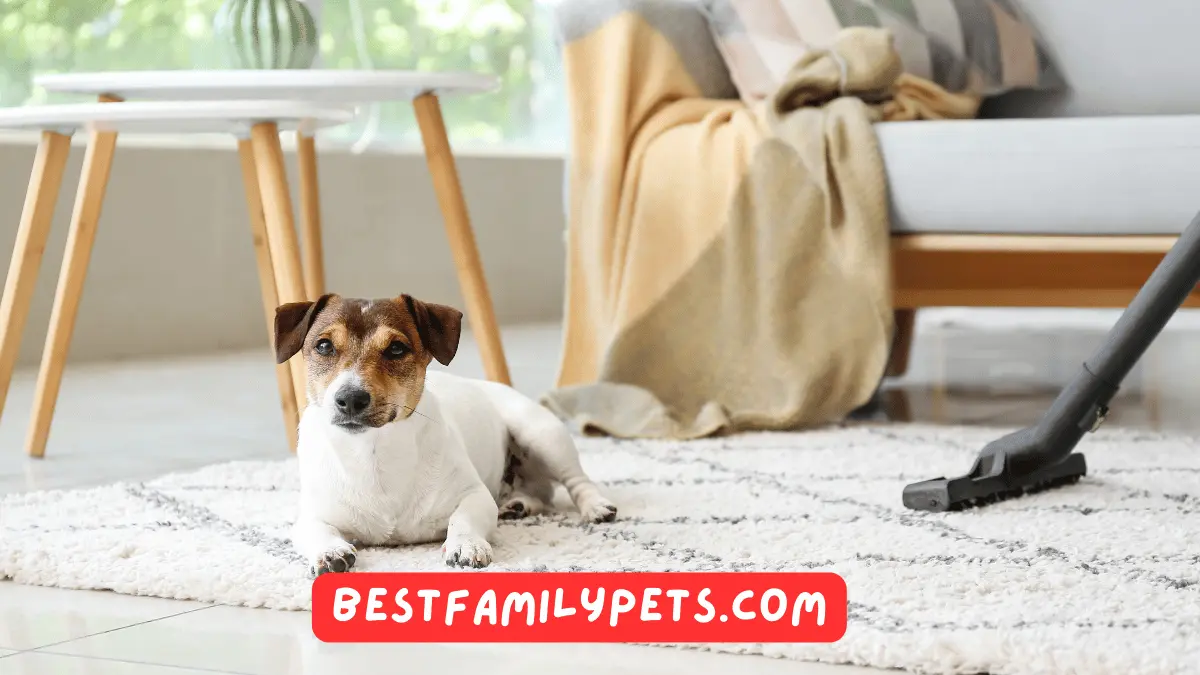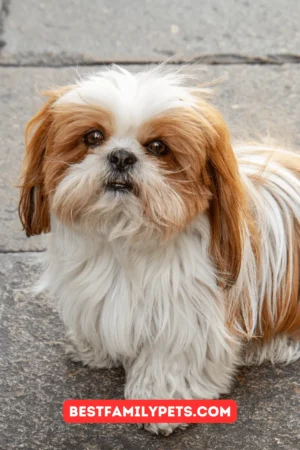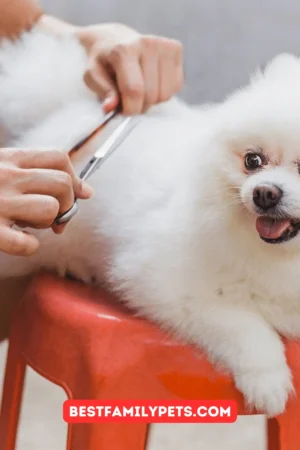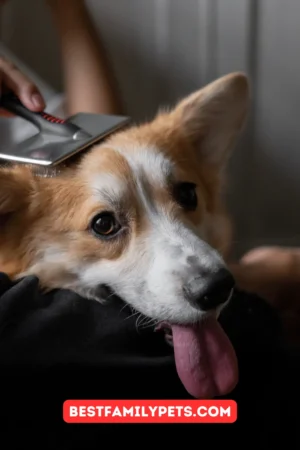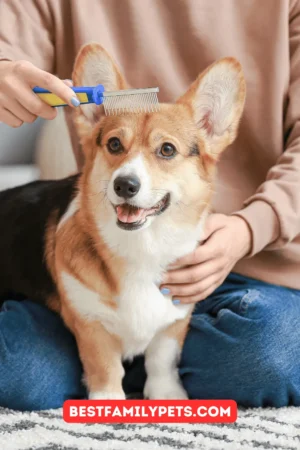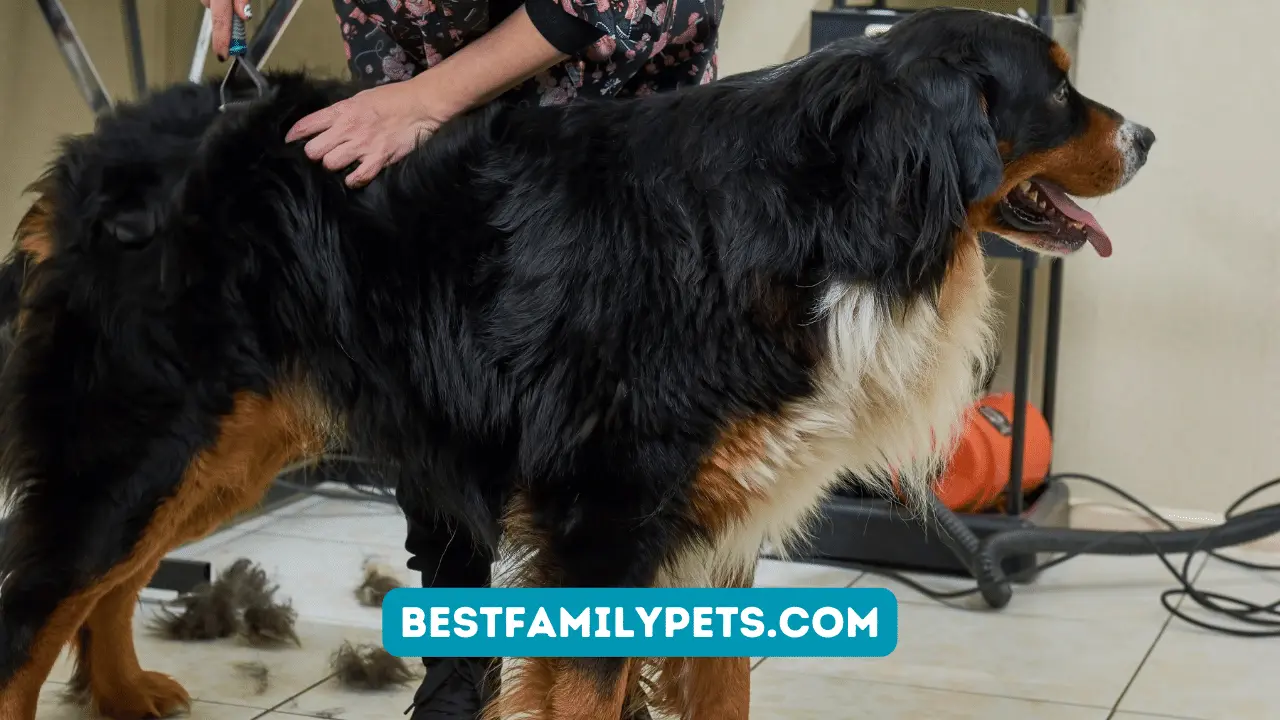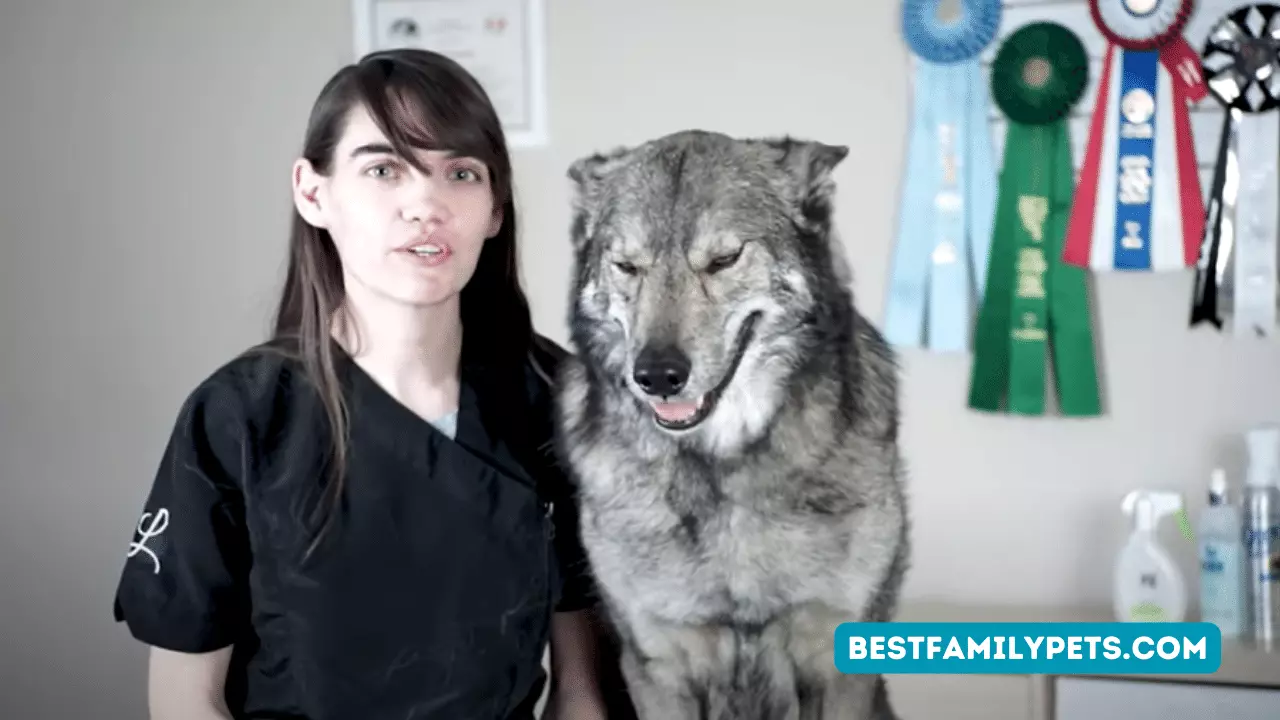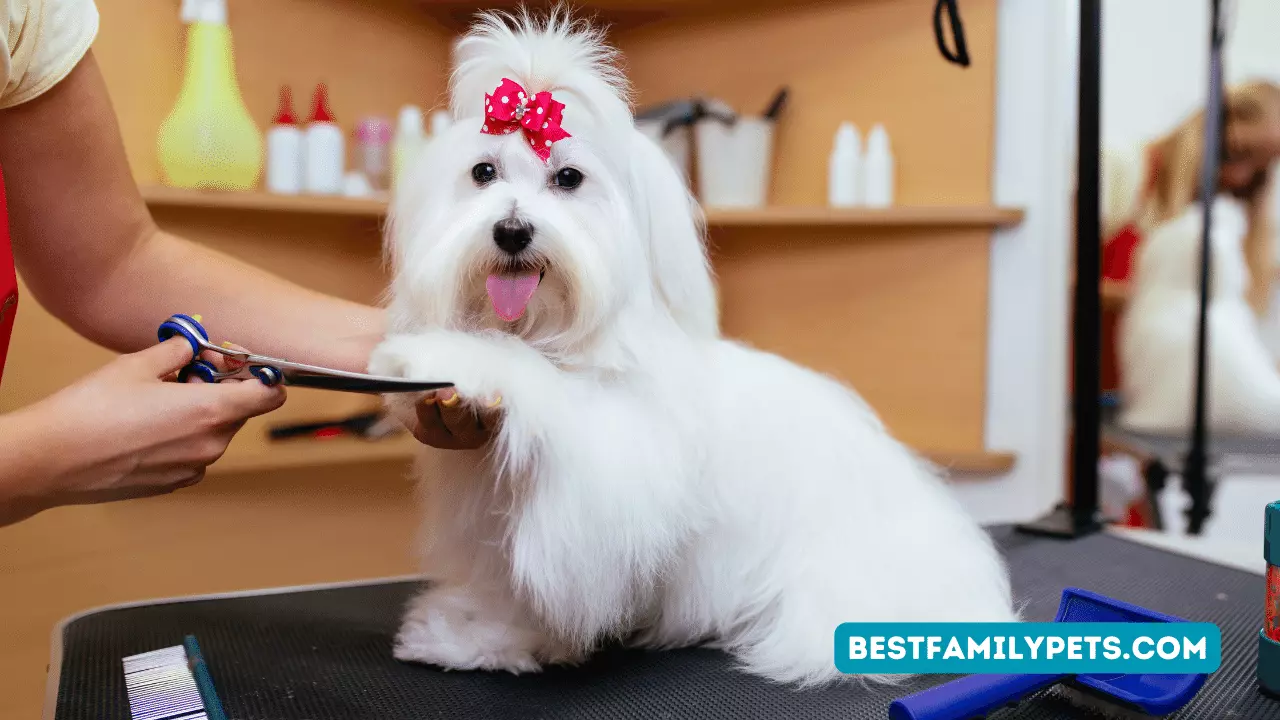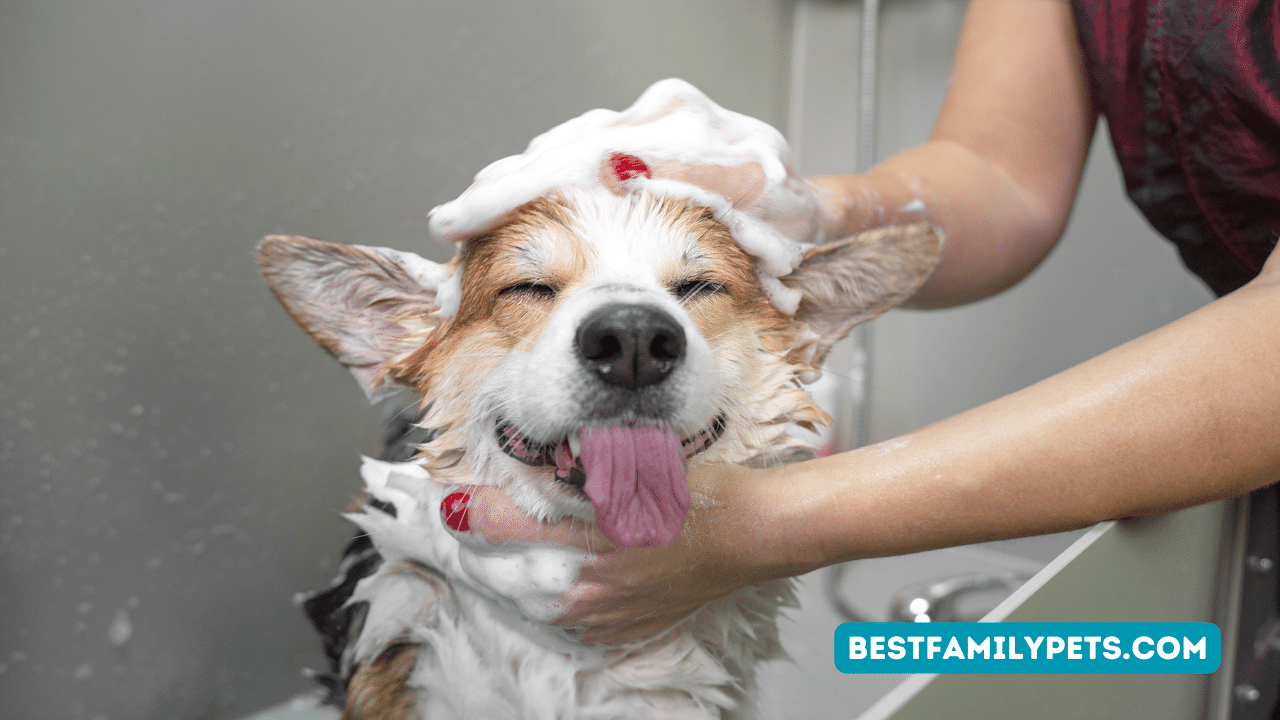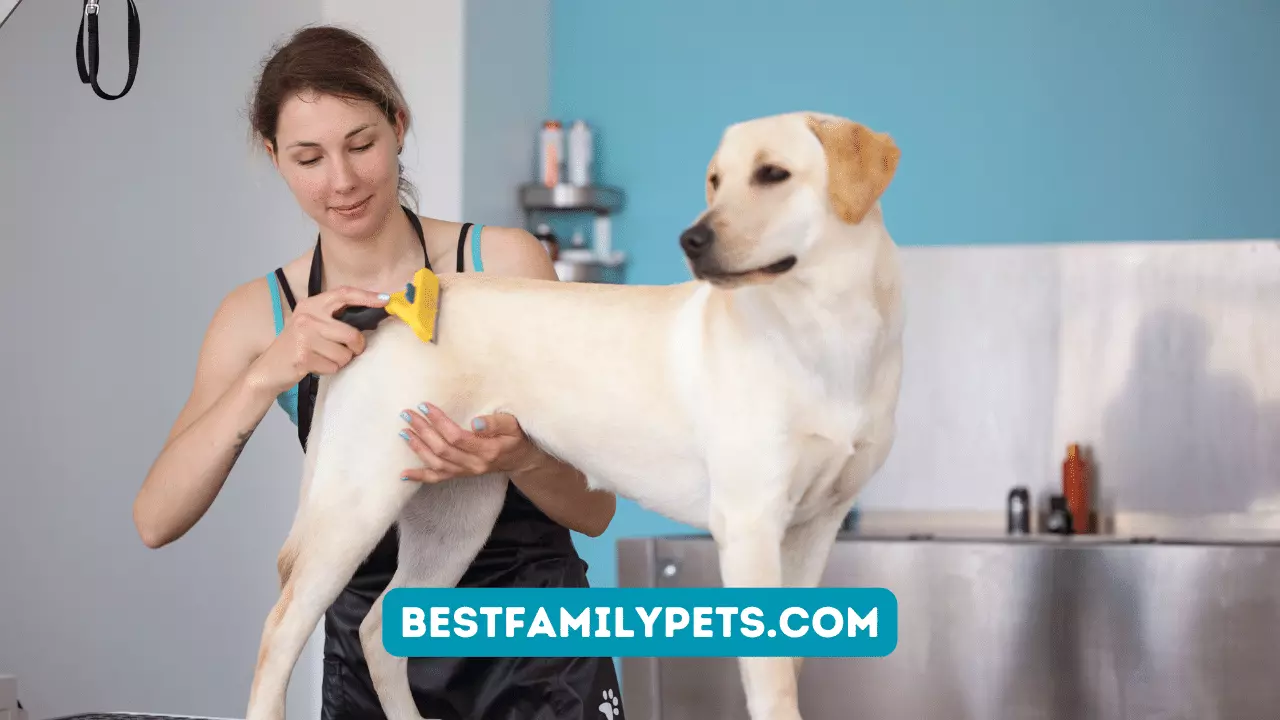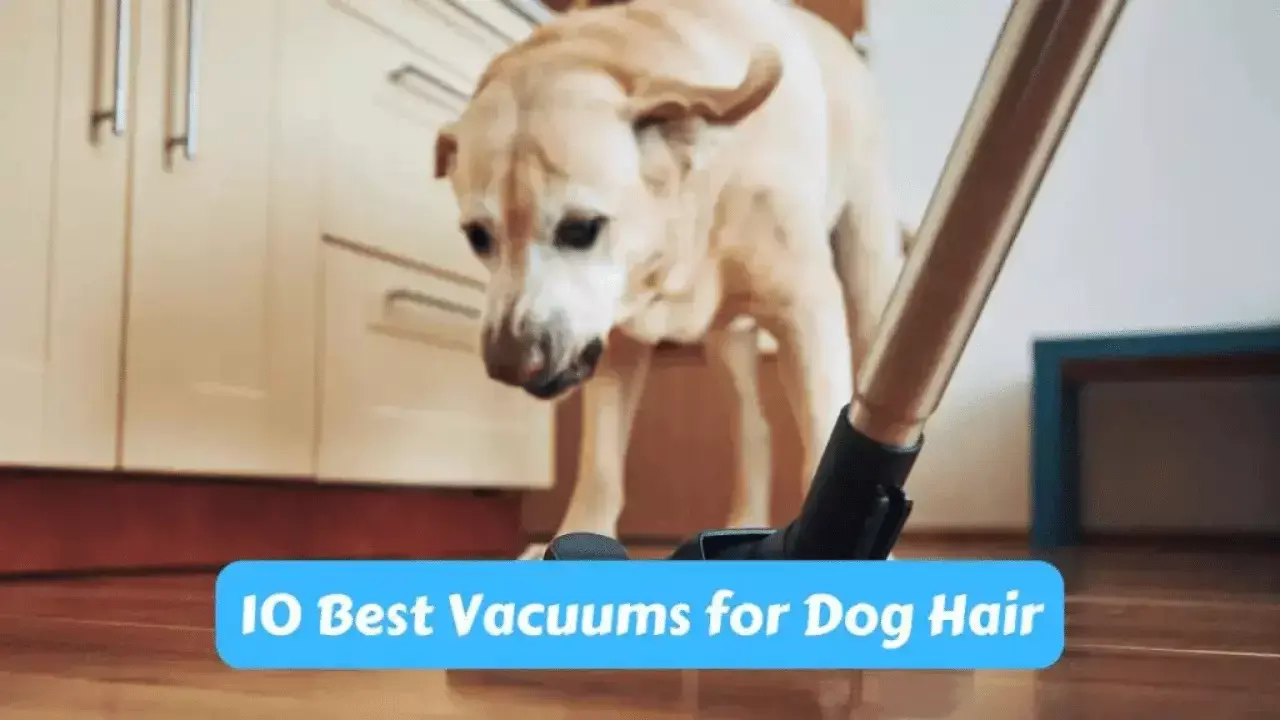Veronica Gill Small Breeds Dog Grooming
Experience exceptional small breeds dog grooming by Veronica Gill. Trust your furry companion’s pampering needs to a skilled and caring professional.
Grooming is essential to preserving the general health and wellbeing of our cherished miniature pets. Veronica Gill, a well-known authority in dog grooming, offers insightful explanations of the grooming procedures designed especially for small breed dogs. The significance of grooming, fundamental grooming techniques, particular considerations for tiny breeds, professional grooming alternatives, grooming supplies, advice for at-home grooming, and common obstacles are all covered in this article. You’ll have a thorough idea of how to maintain your small-breed dog’s health and appearance by the time you finish reading this article.
As pet owners, we adore our small breed dogs for their charming personalities and compact size. However, their small stature requires specialized grooming techniques to maintain their coat, skin, and overall hygiene. Veronica Gill‘s expertise in small breed dog grooming allows us to navigate through the best practices and address common concerns in this area.
Understanding Small Breed Dogs
Small breed dogs are typically those weighing under 22 pounds (10 kilograms) and include popular breeds like Chihuahuas, Yorkshire Terriers, and Shih Tzus. Due to their size, they often have unique grooming requirements compared to larger breeds. Understanding their specific needs will enable us to provide them with the care they deserve.
Importance of Grooming for Small Breeds
Grooming plays a vital role in small breed dogs’ overall health and appearance. Regular grooming not only keeps their coat clean and tangle-free but also helps to identify any underlying skin issues or parasites. Additionally, grooming sessions provide an opportunity for bonding and can help detect early signs of health problems.
Basic Grooming Practices
Bathing: Bathing is an essential part of small breed dog grooming. Use a mild, dog-specific shampoo and warm water to gently cleanse their coat. Be cautious not to get water in their ears, and thoroughly rinse off any shampoo residue. Afterward, towel dry or use a low-heat setting on a hairdryer to avoid discomfort.
Brushing: Regular brushing keeps the coat of small breed dogs healthy and free of mats and tangles. Choose a brush suitable for their coat type, such as a slicker brush for long-haired breeds or a bristle brush for short-haired breeds. Brush gently, paying attention to sensitive areas like the belly and armpits.
Nail Trimming: Small breed dogs often have delicate nails that can easily become overgrown. Regular nail trimming is crucial to prevent discomfort and potential injuries. Use a dog nail clipper or grinder, ensuring you only trim the excess length and avoid cutting into the quick.
Ear Cleaning: Small breed dogs are prone to ear infections due to their floppy ears and limited airflow. Clean their ears regularly using a dog-specific ear cleaner and cotton balls or pads. Gently wipe the visible parts of the ear, being cautious not to insert anything deep into the ear canal.
Special Considerations for Small Breeds
Coat Care: Small breed dogs come in various coat types, including long, short, curly, and wire-haired. Each coat type requires specific care, such as regular brushing, trimming, or stripping. Understanding your dog’s coat type will help you tailor the grooming routine accordingly.
Dental Hygiene: Small breed dogs are prone to dental issues, such as tartar buildup and tooth decay. Establishing a dental care routine that includes regular brushing with a dog-specific toothbrush and toothpaste can help maintain their oral health and prevent unpleasant dental problems.
Eye Care: Certain small breed dogs are predisposed to eye problems, including tear staining and eye infections. Keep their eye area clean by gently wiping away any discharge with a damp cloth. If you notice persistent redness or excessive tearing, consult with a veterinarian.
Anal Gland Expression: Small breed dogs often require assistance in expressing their anal glands. While this task may seem daunting, a professional groomer can handle it during grooming sessions. Regular expression of anal glands helps prevent discomfort and potential complications.
Professional Dog Grooming for Small Breeds
Finding a Qualified Groomer: When opting for professional grooming services, it’s crucial to find a qualified groomer experienced in handling small breed dogs. Ask for recommendations from trusted sources, read reviews, and visit the grooming salon to ensure it maintains cleanliness and a safe environment.
Communicating Your Preferences: Clearly communicate your grooming preferences to the professional groomer. Share details regarding coat length, specific areas to focus on, and any concerns you may have. Effective communication will help ensure your small breed dog receives the desired grooming outcome.
Regular Grooming Schedule: Establish a regular grooming schedule for your small breed dog. The frequency may vary depending on the breed, coat type, and individual needs. Regular grooming sessions maintain the health and appearance of their coat and allow for early detection of any potential issues.
Grooming Tools for Small Breeds
Brushes and Combs: Invest in high-quality brushes and combs suitable for your small breed dog’s coat type. A combination of a slicker brush, bristle brush, and a metal comb can cater to various grooming needs.
Shampoos and Conditioners: Use dog-specific shampoos and conditioners formulated for small breed dogs. Opt for gentle products that maintain the coat’s natural oils and promote healthy skin.
Clippers and Trimmers: For small breed dogs requiring haircuts or trims, invest in professional-grade clippers and trimmers. Consult with a groomer or attend a grooming workshop to learn the proper techniques for safe and effective trimming.
Nail Clippers and Grinders: Choose high-quality nail clippers or grinders designed specifically for small breed dogs. Ensure they have safety features to prevent accidents and provide a comfortable trimming experience.
Tips for Home Grooming
Establishing a Calm Environment: Create a calm and comfortable grooming environment at home. Choose a quiet space with good lighting and minimal distractions to ensure a stress-free grooming experience for your small breed dog.
Positive Reinforcement: Use positive reinforcement techniques during grooming sessions. Reward your dog with treats, praise, and gentle petting to associate grooming with positive experiences. This will help them feel more at ease and cooperative during the process.
Taking Breaks: If your small breed dog becomes anxious or restless during grooming, take breaks to allow them to relax. Pushing through a stressful grooming session may lead to negative associations and make future sessions challenging.
Patience and Persistence: Grooming small breed dogs requires patience and persistence. Take your time and gradually introduce them to each grooming step. With consistency and gentle guidance, they will become more comfortable over time.
Potential Challenges and Solutions
Dealing with Mats and Tangles: Small breed dogs with long or curly coats are prone to mats and tangles. Regular brushing, using detangling sprays or conditioners, and considering professional grooming for intricate hairstyles can help prevent and manage mats effectively.
Handling Fear and Anxiety: Some small breed dogs may experience fear or anxiety during grooming. Gradual desensitization, positive reinforcement, and professional behavior training can assist in addressing these issues and creating a more relaxed grooming experience.
Preventing Injuries: When grooming small breed dogs, it’s essential to exercise caution and prevent injuries. Be gentle when handling delicate areas, avoid using excessive force, and use grooming tools with safety features to minimize the risk of accidents.
Proper grooming is an integral part of caring for your small breed dog. By following the guidance provided by Veronica Gill, you can ensure your dog’s coat, skin, and overall health are well-maintained. Whether you choose professional grooming or opt for home grooming, regular care and attention will keep your small breed dog looking and feeling their best.
FAQs (Frequently Asked Questions)
What is the best grooming frequency for small breed dogs?
The grooming frequency for small breed dogs depends on various factors such as coat type, activity level, and individual needs. As a general guideline, most small breed dogs benefit from grooming every 4-6 weeks.
Can I use human shampoo on my small breed dog?
No, it is not recommended to use human shampoo on small breed dogs. Human shampoos have different pH levels than those specifically formulated for dogs and can potentially irritate their skin.
How can I make grooming a positive experience for my dog?
To make grooming a positive experience, use positive reinforcement techniques, such as treats and praise. Start with short grooming sessions and gradually increase the duration as your dog becomes more comfortable.
Should I groom my small breed dog at home or take them to a professional?
The choice between grooming at home or seeking professional services depends on your comfort level, grooming skills, and the specific needs of your small breed dog. Professional groomers can provide expert care, while home grooming allows for bonding and regular upkeep.
How often should I clean my small breed dog’s ears?
Small breed dogs with floppy ears may require more frequent ear cleaning. Check their ears weekly for any signs of redness, discharge, or odor. Clean as needed using a dog-specific ear cleaner and cotton balls or pads.
-

7 Essential Cleaning Tips for Pet Owners
There’s no doubt that our little furry friends enrich our lives in so many ways. However, keeping up with their messes is no small chore. In order not to let things get out of hand, we’ve compiled a comprehensive list of 7 essential tips for cleaning after your favourite pets. By dedicating just a few…
-



Dog Clippers: Which Is the Best for Shih Tzu?
Unmask the best dog clippers for Shih Tzus! Discover key features, top picks, and expert tips for a flawless, stress-free groom at home.
-



Numerous Tips for Dog Grooming
Groom like a pro! Unlock a treasure trove of dog grooming tips to keep your furry friend looking and feeling their best.
-



The Best Shears For Grooming Your Dog
Achieve a salon-worthy finish at home! Discover the best shears for grooming your dog, with expert tips on choosing the right tool for your pup’s coat type.
-



Regular Brushing for Dog Coat Health
Unleash the shine! Discover how regular brushing for dog coat health promotes a healthy, beautiful coat, reduces shedding, and strengthens your bond.
-



Reliable Dog Brushes for Grooming
Unleash the shine! Discover reliable dog brushes for grooming. Find the perfect brush for your pup’s coat & keep them healthy & happy.
-



Finding the Best Dog Brushes for Different Coat Types
Unleash the perfect coat! Discover the best dog brushes for different coat types, from short & smooth to long & curly. Say goodbye to matted fur and hello to a healthy, shiny shine!
-



What Things Are Required to Open a Dog Grooming Business?
Business Plan for Dog Grooming, Dog Grooming Certification, Dog Grooming Equipment, Finding a Location for Dog Grooming, Grooming, Marketing Your Dog Grooming BusinessThinking of starting a dog grooming business? Learn about the essential requirements and steps to get started, and make your dream a reality.
-



Summer Styles: 12 Grooming Tips to Keep Your Dog Cool
Keep your furry friend cool this summer with our grooming tips! Get your dog’s summer style on point. #SummerStyles #DogGrooming
-



Veronica Gill Small Breeds Dog Grooming
Experience exceptional small breeds dog grooming by Veronica Gill. Trust your furry companion’s pampering needs to a skilled and caring professional.
-



The Best Dog Grooming Kit For 2023: Groom At Home With Palfur
Elevate your dog’s grooming routine in 2023 with the best Dog Grooming Kit. Experience convenience and quality with Palfur at home.
-



Dog Grooming Tips: A Beginner’s Guide to Keeping Your Pooch Well-Groomed
Discover essential Dog Grooming Tips for a well-groomed pooch. Master the basics and keep your furry friend looking fabulous!
-



Top Picks: Best Dog Brushes for Different Coat Types
Unleash the beauty! Discover the best dog brushes for every coat type and keep your furry companion looking fabulous.
-



10 Best Vacuums for Dog Hair
Looking for the perfect vacuum to tackle pesky dog hair? Check out our top 10 picks and keep your home clean and fur-free.


